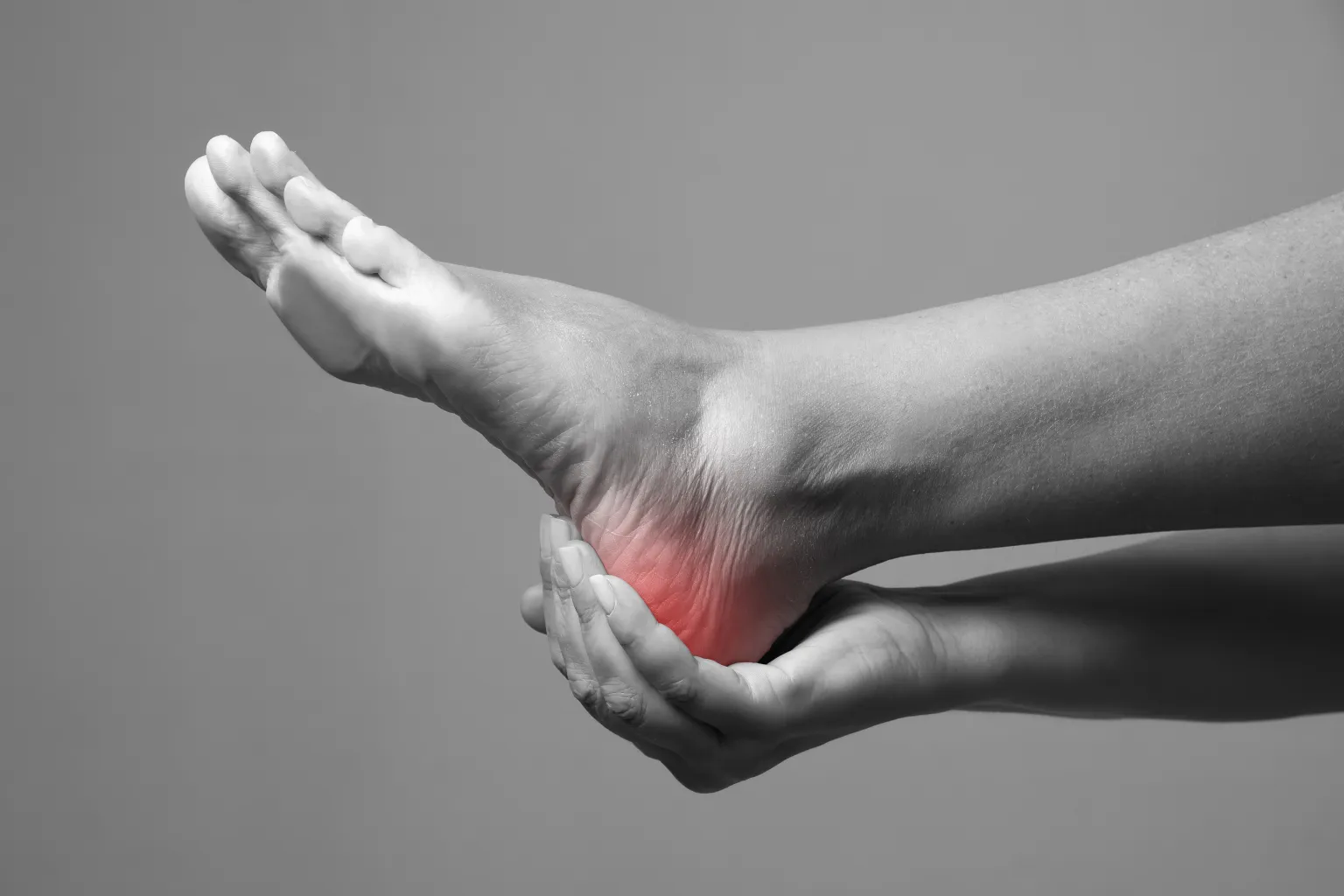We all know that exercise is good for you! Physical activity stimulates your brain to release endorphins that help reduce stress and improve happiness. Exercise also delivers oxygen and nutrients to your tissues and helps your cardiovascular system work more efficiently. Other health benefits include reducing chances of heart disease, stroke, diabetes, osteoarthritis and more!
Even though exercise has so many benefits, why is it often so hard to do? One of the biggest challenges that can be hard to overcome is foot pain! Because many activities are related to the feet, pain of any kind will make it very difficult to exercise.

Podiatrists often treat patients who come in with exercise-related injuries or discomfort. If not resolved, these problems can persist and lead to decreased physical activity. This can result in even more severe problems down the line.
Here are the top 3 most common foot problems often seen when exercising and how to use Custom Orthotics to alleviate or prevent the symptoms.
Plantar Fasciitis
One of the most common pain most people run into when exercising is plantar fasciitis. This condition will cause pain in the heel area because the plantar fascia (band of tissue that connects the toes of the foot to the heel) becomes stretched and inflamed.
High impact exercises such as running, aerobics, and jumping will add extra stress to the plantar fascia and even result in miniature tears. Scar tissue will form to heal the plantar fascia. Many people find that putting weight on the heel after resting causes sharp pain because of the tearing of this scar tissue.

As a podiatrist, examining your patient's feet for tightness can help with diagnosing plantar fasciitis. There are numerous stretches and medication that can be prescribed for plantar fasciitis. However, one of the best ways to treat plantar fasciitis is through the use of foot orthotics. It is a non-invasive and cost-efficient solution.
Studies show they are effective in improving the foot-related quality of life in the short-term and long-term.There is some debate on whether prefabricated or custom foot orthotics are better at treating plantar fasciitis and heel pain. Regardless of type of orthotic being prescribed, it's most important to have trained professionals diagnose and prescribe the foot orthoses.
"Custom Fit Orthotics should be prescribed, and dispensed, only by a well-trained health professional, such as a podiatrist." - Dr. Stanley Beekman, DPM
When prescribing an orthotic for Plantar Fasciitis, ensure that the arch contours closely to the arch of the foot. Set the orthotic to low or no arch fill, or add arch pads to take strain off the fascia. A deeper heel cup and/or heel padding may be needed to accommodate heel spurs that can happen as a reaction to stress and inflammation caused by plantar fasciitis.
Flat feet
Patients may have pain in areas of their body that can be attributed to misalignment of the feet. Without proper body alignment, exercising too hard or for too long can actually harm other parts of the body. The most common foot pathology causing misalignment that podiatrists will see in this case are fallen arches or "Flat Feet".
Flat feet will often cause overpronation, making the entire lower leg roll slightly inward or downward. If patients have fallen arches or pronate excessively, they will be more vulnerable to pronation-related muscle and joint problems such as muscles becoming overused or joints moving excessively. This can result in pain or soreness in not only the feet, but all the way up to the knees, hips, and lower back.

Custom orthotics can help with flat feet by providing the exact arch needed to support the foot. They can reposition the feet properly and help align them to the rest of the body. Orthotics will give the foot extra shock absorption that collapsed arches may not be able to provide anymore. They can also help to distribute the weight and pressure of the body more evenly leading to improved posture, balance and proper gait.
When prescribing a custom orthotic for a flat footed patient, take into account how much the patients' feet splay apart. This can be more controlled by implementing wedges or flanges in the orthotic in severe flat foot cases. Also, consider what the patient can tolerate in terms of functional control. If the arch is too high or the control is too aggressive, the patient may end up not wearing the orthotic.




